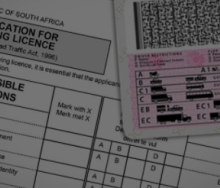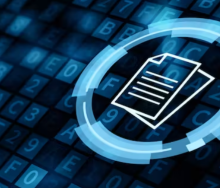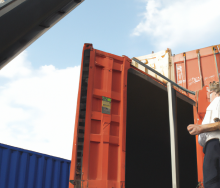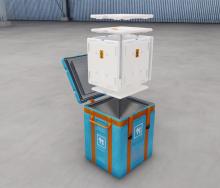There are many benefits of implementing the e-AWB for both shippers (typically a freight forwarder) and airlines. The following are just some of the key benefits of the e-AWB that have been identified by industry stakeholders:
- Reduced costs: Elimination of purchase costs for pre-printed paper AWB, reduced AWB printing costs, reduced archiving costs
- Higher productivity: Elimination of repeated data keying, real time access to AWB information, reduction in cargo handling delays due to missing or illegible paper AWB, detection of errors prior to submitting the physical freight, no waiting time for processing paper AWB at airline desk
- Better reliability: No risk of losing documents and reduced number of errors
- Regulatory compliance: Authorised by international treaties regulating air cargo transport; contribution to the advanced reporting requirements
- Paving the way towards e-freight: A first step toward a paper-free air cargo environment, involving fewer stakeholders
What is the link between the e-AWB and e-freight?
The e-freight project aims to take many paper documents out of air cargo and replace them with the exchange of electronic data and messages. Initiated by Iata, the project became an industry-wide initiative involving carriers, freight forwarders, ground handlers, shippers, customs brokers and regulators including customs authorities.
The AWB is the most important transportation document in air cargo. The e-AWB initiative is more and more considered as the first step to realise the e-freight vision. The e-AWB project replaces the paper AWB contract with an electronic contract of carriage between the shipper (which is very often the freight Forwarder) and the carrier.
When the e-freight project started, there was no standard for e-AWB. Therefore up to end of
2012, it was possible for e-freight shipments to “move” with a paper AWB. However from January
2013, e-freight mandates e-AWB, which means that the use of e-AWB becomes a necessary condition for a shipment to be considered e-freight.









